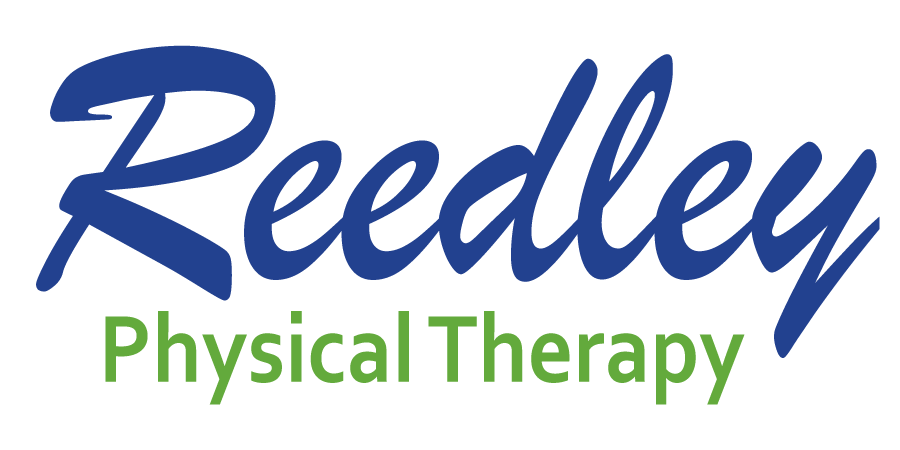Creating a Strong Foundation for Safe Movement
It is commonly referred to as one of the most important parts of your body to strengthen, but how many of us know exactly what our “core” is — or why exactly it is so important?
When people talk about your core, what they are typically referring to is one of three muscles that make up your abdominal wall. The first layer of muscles runs from the top of your stomach to the bottom. This muscle is immediately recognized as the “six-pack” muscle. While aesthetically appealing, this muscle does very little to help stabilize the back for every day movements.
The second layer runs in a horizontal fashion across your stomach. Unfortunately this muscle also does only very little to give your back the support it needs for everyday movements. The deepest “core” muscle however, does a tremendous amount of work to stabilize and protect our spine as we stand, lift, twist, or perform almost any everyday movement. The muscle is the Transverse Abdominis and it runs horizontally across the stomach and actually wraps all the way around your waist acting very much like a back brace. It is this bracing effect that is so critical to its importance in stabilizing our spine.
Having a strong core is the difference between a building built on bedrock (strong core) versus building it on sand (weak core). It allows us to do everything more safely, efficiently and with improved performance. Unfortunately, simply doing sit-ups isn’t going to help. There are specific exercises which research shows best recruit and strengthen the muscle we’re talking about.
Three of the best exercises to strengthen your core and create a more stable spine are planks, bird dog and dead bugs. While doing all of these exercises, one of the most important things to remember is to brace your midsection by drawing in your belly button toward your spine while holding the described positions. It is this bracing and tightening effect that helps stabilize and therefore strengthen as you perform the exercises.
1. Planks — Try a plank by lying flat on your stomach, then pushing yourself into the top of a push up and holding there with your knees, hips and back completely straight.
3. Dead bugs — Start this exercise by lying on your back with your knees bent and arms pointed straight up, while keeping your back straight and preventing it from lifting off the floor, extend one leg and drop the other arm over your head, then return to the starting position and repeat on the opposite side.
Alliance Health's Movement is Medicine column is published weekly in the Features section of the Hanford Sentinel.
Chris Telesmanic is a doctor of physical therapy at Alliance Health in Fresno, CA. He alternates writing this column with Dr. Maria Fermoile. Both will be happy to answer questions submitted to chris@reedleyphysicaltherapy.com or maria@reedleyphysicaltherapy.com. Learn more about movement, fitness and health in this space each week, or by going to AllianceHealthFresno.com, or calling 559-478-5833.


